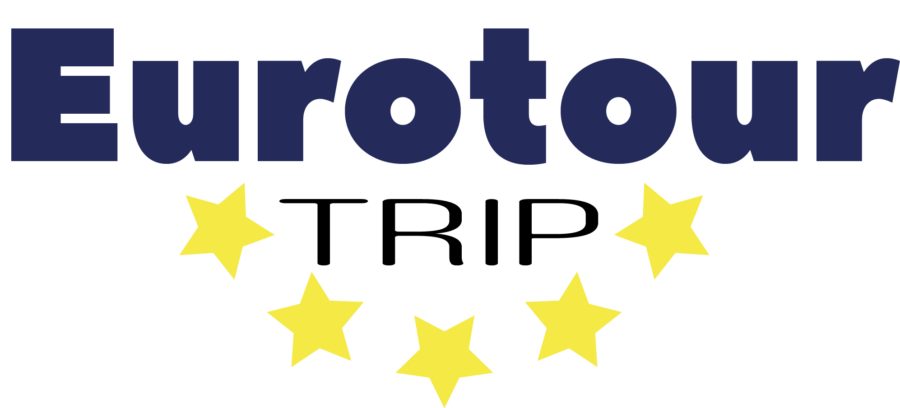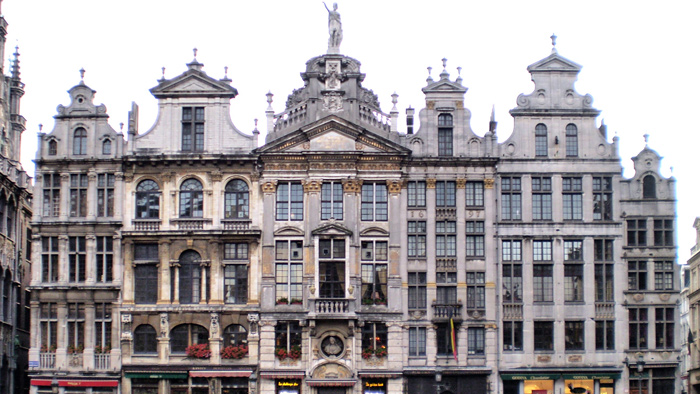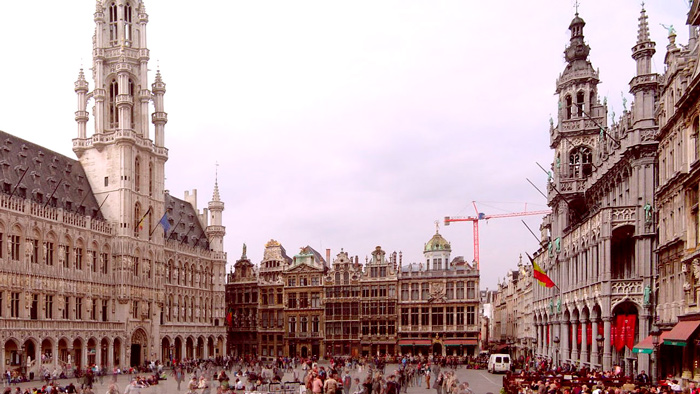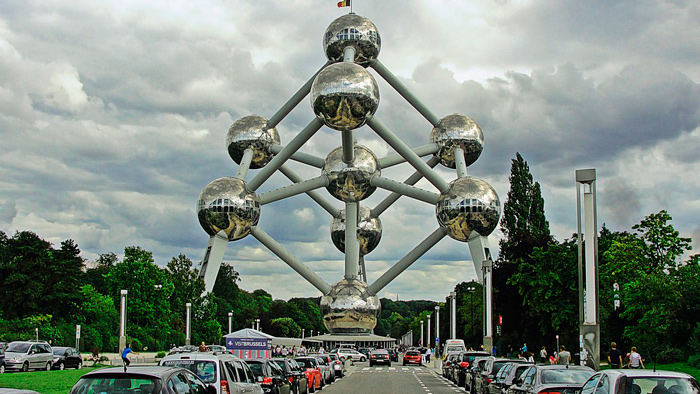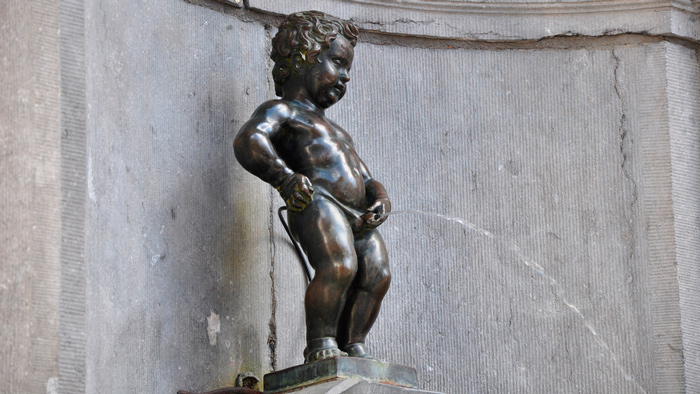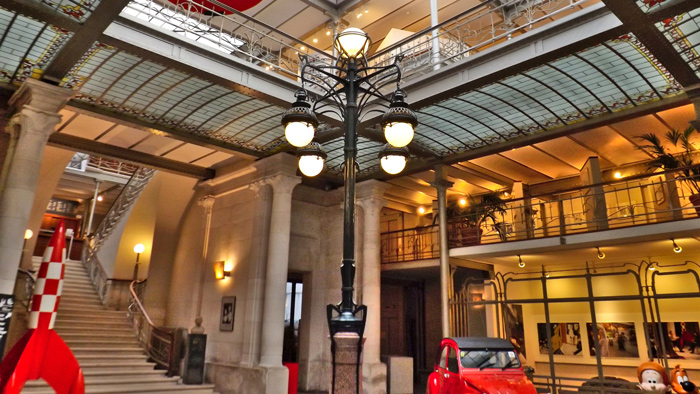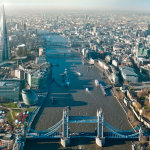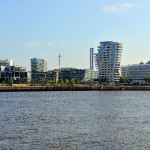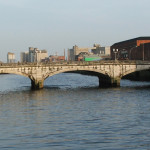
03 Jun Brussels
Apart from its famous chocolates and beers, , Brussels also offers many attractions and activities that most visitors wouldn’t expect. It is a centre of European culture, with many museums, beautiful parks and trendy restaurants and bars.
[adinserter block=”14″]
WHAT TO DO AND SEE IN BRUSSELS
Grand-Place (Grote Markt)
There are many important buildings on the central square of Brussels, like the City Hall, the offices of labor unions and the King’s House. In fact, the area is so important to European culture that it was added to the UNESCO World Heritage list in 1998.
The City Hall
The City Hall of Brussels was built between 1402 – 1455. It is the only medieval building on the central square. The original architect was Jacob van Thienen, but the Gothic tower was designed by Jan van Ruysbroeck. Atop the tower there is a statue of St. Michael, the patron saint of the city. The figure tramples a dragon with his feet.
The most significant quirk of the City Hall is its asymmetry. The tower is not in the middle, but near the right corner of the building. In addition, the right and the left side of the building look different.
[adinserter block=”4″]
King´s House
The King´s House was originally a wooden building built in the 13th century. In times past the building was used to sell bread, and that´s why the building is still called broodhuis in Dutch, which literally means bread house. In the 15th century the house was replaced with a stone building and the administrative offices of the Duke of Brabant moved in. Therefore the building is also known as the House of Dukes (Maison du Duc). The name was changed into King´s House when the Duke became the king of Spain.
The emperor Charles V reconstructed the building in Late Gothic style. Otherwise quite modern for its time, but without the arcades and towers of the era. The building was scuffed and badly damaged by bombardment in 1695, leading to its reconstruction in neo-Gothic style. The building was also redeveloped in 1985. Nowadays the Museum of the City of Brussels is located there.
[adinserter block=”3″]
The Atomium
The Atomium is a monumental building originally built for the 1958 World Expo. It is a 102 meters tall, building designed by André Waterkey. The design of the building was inspired by the unit cell of an iron crystal, magnified 165 billion times. It is a popular tourist attraction, that was originally meant to be dismantled after six months. It consists of nine steel balls – each of them with a the diameter of 18 meters – attached by connecting valves. There are elevators inside the valves that allow movement between the balls. The uppermost ball has a restaurant, the Belgium Taste. In the spring of 2006, Belgium issued a commemorative 2 euro coin featuring the Atomium.
Manneken Pis
The Manneken Pis is a bronze statue located in the old center of Brussels. It is 60 centimeters high and is known as Brussel’s symbol of spiritual freedom. Originally, it was meant to be a well. The statue portrays a little boy passing water. In the dialect of Brussels spoken in the area, which resembles Flemish, the name of the statue means exactly a exactly “urinating boy”.
There are two different stories about the birth history of the statue. According to one story, a little boy had quenched the fuse of a bomb set by an enemy with his urine. Another legend tells that a little boy, who had been lost for a long time, was urinating when his father finally found him. The father was a rich bourgeois from Brussels who wanted to erect a statue as a memory of getting his son back. Traditionally, the statue is often dressed in different costumes, for example as a brownie during Christmas. By now the statue has hundreds of different costumes, preserved in the Museum of the City of Brussels in the King´s House.
During great festivals the statue showers alcohol drinks instead of water, for example wine or honey mead. The statue was made by Jérôme Duquesnoy in 1619. When the French forces occupied Brussels in 1695 the inhabitants of the city protected the statue with special actions. Nowadays the statue of the fountain is a copy however, since the original was lost in the 1960s. . It was later found, but it was split in two. and hasn’t been displayed in public since.
The Belgian Comic Strip Center
This museum dedicated to comics can be found in the center of Brussels. There are three floors that have both permanent and temporary exhibitions. Permanent exhibitions display the birth history of comics, beginning from cave paintings, and moving on to show the processes of making comics, the pioneers of Belgian comics and the history of the museum building building itself, designed by Victor Horta. Temporary exhibitions often display, the works of different artists . The museum also features a study library, a shop, a restaurant, an auditorium and a great hall. At the moment, the collection consists of approximately 700 original storyboards from 400, different, mainly Belgian, artists.
Parc du Cinquantenaire
The Parc du Cinquantenaire is a park located on the edge of the European Quarter in Brussels.
The main attraction of the area is U-shaped complex with a beautiful triple arch at the end. The park with its structures has undergone changes during the last 140 years, but some of the older buildings that form the U-shape were built for the 1880 National Exhibition and to celebrate Belgium’s fiftieth year of independence. The area also houses The Great Mosque of Brussels as well as three museums: the Royal Museum of Art, the war museum Musee Royal de l´Armee and a car museum, the Autoworld.
For those more interested in nature than manmade structures, Brussels also has a forest, Forêt de Soignes or the Sonian Forest in English, in the southeast corner of the city.
Universities
Brussels is a city of several universities. The most famous are the Université libre de Bruxelles, originally established and still maintained by the freemasons, and the Dutch speaking Universitet Brussel. Both names literally mean free university of Brussels.
Kuvat: CC-lisenssillä /
[adinserter block=”7″]
| Bryssel, Belgia | 9°C broken clouds | |
Wind
2 m/s, W
Humidity
94%
Pressure
770.32 mmHg | ||
[adinserter block=”12″]
How to get in Brussels
 Brussels Airport is located in the municipality of Zaventem in Flanders. Low-cost airlines use Brussels South Airport near Charleroi.
Brussels Airport is located in the municipality of Zaventem in Flanders. Low-cost airlines use Brussels South Airport near Charleroi.
 There are fast train connections from Brussels to Paris, Amsterdam and Cologne with Thalys-trains and to London with Eurostar. The biggest railway station is Gare du Midi (Zuidstation).
There are fast train connections from Brussels to Paris, Amsterdam and Cologne with Thalys-trains and to London with Eurostar. The biggest railway station is Gare du Midi (Zuidstation).
[adinserter block=”1″]
How to get around in Brussels
- Brussels has four metro lines and comprehensive tram- and bus networks.
[adinserter block=”2″]
